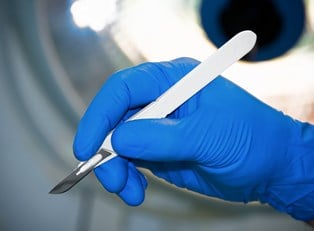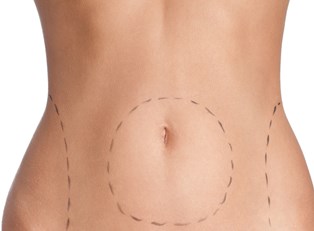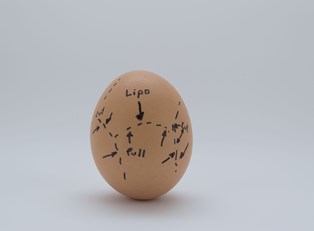If you're constantly frustrated by stubborn fat that just won't go away no matter how much you diet or exercise, you may have considered surgical procedures. You've heard of both liposuctions and tummy tucks, but you may be wondering what the differences are between the two and which procedure would best meet your goals.
Liposuction
In liposuction, your cosmetic surgeon will map out the areas in your body where the fat is to be removed. You may have sedation or general anesthesia. The surgeon will then make tiny incisions and flood the area with a saltwater solution mixed with epinephrine and an anesthetic such as lidocaine. The salt water solution will make the area swell up and grow rigid, helping the doctor work more efficiently. The epinephrine will cause the blood vessels in the area to narrow, decreasing bleeding and bruising.
The surgeon then inserts a slender vacuum tube and moves it around the area to suck out the fat. Sometimes, the fat is liquefied by either laser or ultrasound. This makes it much easier to pull out and reduces damage to nerves, blood vessels, and other tissue.
Once the fat is sucked out of your body, that region of your body is fat-free unless you maintain an unhealthy lifestyle. Depending on the extent of the liposuction, you could go home after a short rest or spend a night in the hospital.
Tummy Tuck
Tummy tuck is a much more invasive procedure to remove excess fat and sagging skin from your abdomen. It's also called abdominoplasty. You'll be put under general anesthesia and might have to spend a few days in the hospital.
During a tummy tuck, the surgeon makes a large incision in your abdomen, removing excess skin and underlying unwanted fat. He or she might have to adjust your belly button. When the surgery heals, it will be exactly where it should be. When the tissue and fat are removed, the surgeon inserts drains to remove fluid and then sutures the incision. The sutures should be able to be removed in about two weeks.
A tummy tuck takes about 10 weeks for you to heal to the point where you can go back to the gym or play sports. Your stomach will be much flatter, and your overall silhouette will be much more shapely.
Choosing Between the Two
Liposuction is more popular than the tummy tuck, which is also known as an abdominoplasty. According to the American Society of Plastic Surgeons, there were 199,817 liposuctions in 2013 and 111,986 abdominoplasties. The popularity of liposuction might be because it is far less invasive than tummy tuck and can remove fat from more areas of the body.
Also, the patient doesn't have to undergo the risks of general anesthesia with liposuction. Liposuction can be an outpatient procedure, but with a tummy tuck, you might have to spend a few days in the hospital. The healing time for liposuction is also shorter.
Liposuction also costs less than a tummy tuck. The surgeon's fees for an average tummy tuck costs a little more than $5,000. The average cost of a liposuction procedure is about $3,000, but this figure can vary depending on a couple of different factors. For example, popular plastic surgeons who are in-demand more than others will typically charge a higher fee for their services. However, for some people, the higher cost may be worth it. This is because the surgeon has probably gotten a good reputation for being great at his or her job. Additionally, liposuction costs will vary depending on the area of the body being treated. The breasts, abdomen, and thighs are some of the more expensive body parts to operate on, while the buttocks, back, and arms can cost anywhere from 25% to 50% less. Finally, the price for liposuction can vary depending on how much fat needs to be removed. Larger quantities will take more time and effort and, therefore, will typically cost more than a minor procedure. Ultimately, though, the only way to accurately determine your costs is to contact a surgeon directly.



